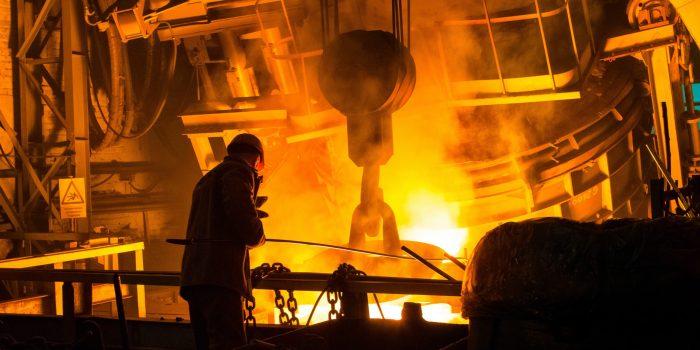Steel has played an instrumental role in shaping the modern world, from towering skyscrapers to intricate infrastructure. Its strength, versatility, and durability make it a go-to material for countless engineering projects. As technology advances, the steel industry continues to evolve, presenting new opportunities for innovation and development.
In this blog post, we’ll explore the future of steel in engineering and discuss some of the most promising advancements that are set to revolutionize the industry.
High-Quality Steel
The demand for high-quality steel is on the rise, as engineers seek materials that offer improved strength, corrosion resistance, and durability. Advancements in metallurgy and manufacturing techniques are leading to the production of steel with enhanced properties, such as high-strength low-alloy (HSLA) steels.
These alloys boast superior mechanical properties, enabling engineers to build lighter, stronger structures with fewer materials, ultimately reducing environmental impact and construction costs.
3D Printing
3D printing technology has already made waves in the engineering world, and its impact on the steel industry is no exception. As additive manufacturing techniques improve, engineers can now create complex steel components with exceptional precision and minimal waste.
This not only accelerates the production process but also enables the creation of bespoke steel components that would be impossible to manufacture using traditional methods.
Smart Steel
The integration of smart technology into steel manufacturing is paving the way for “smart steel” – materials with embedded sensors that monitor structural health and performance. This innovative approach allows engineers to track the condition of steel structures in real-time, enabling them to address potential issues before they escalate.
In the future, smart steel could revolutionize structural maintenance and repair, ensuring the safety and longevity of our infrastructure.
Green Steel Production
With growing concerns about climate change, the steel industry is seeking ways to reduce its carbon footprint. One such method is the development of green steel, produced using hydrogen as a reduction agent instead of carbon. This process emits water vapor rather than carbon dioxide, significantly reducing greenhouse gas emissions.
Additionally, recycling scrap steel continues to play a vital role in conserving resources and minimizing environmental impact.
Nanotechnology
Nanotechnology is poised to transform the steel industry, as scientists explore the potential of nanomaterials to enhance the properties of steel. By manipulating materials at the atomic level, researchers can develop steel with unprecedented strength, flexibility, and durability. The incorporation of nanomaterials into steel could give rise to groundbreaking engineering projects, pushing the boundaries of what’s possible with this versatile material.
Modular Construction
As the world’s population continues to grow, the need for efficient, cost-effective construction methods has never been more critical. Modular construction, which involves the off-site assembly of building components, offers a viable solution. Steel is an ideal material for this approach due to its strength and adaptability.
By streamlining the construction process, modular steel buildings can save time, money, and resources while minimizing environmental impact.
Shape Memory Alloys
Shape memory alloys (SMAs) are metals that return to their original shape after deformation when heated. While still in the early stages of development, SMAs have the potential to revolutionize the steel industry.
By incorporating SMAs into steel structures, engineers could create self-healing materials that automatically return to their original form after damage, reducing the need for repairs and maintenance.
In Conclusion
The future of steel in engineering is bright, with numerous innovations and advancements poised to transform the industry. From high-quality steel to smart technology and green production methods, these developments promise to enhance the properties of steel, optimize manufacturing processes, and minimize environmental impact.


